Michael Walters
Notes from the peninsula
Welcome!
This is my little word garden on the internet—Michael Walters, author (it’s true!). I have a speculative fiction novel, THE COMPLEX, out with Salt Publishing, and I’m deep in the writing of a follow-up. I would love it if you gave it a try.
I use Bluesky to connect with people, Letterboxd to track films, and StoryGraph to track books. Follow me and say hello in all those places.
And if you want more of my thoughts on writing in particular, you can subscribe to my posts on PATREON. There’s a Weird and Wonderful tier if you want to support me with a donation, and that now includes notes on the novels I’m reading, but I post regularly to all patrons.
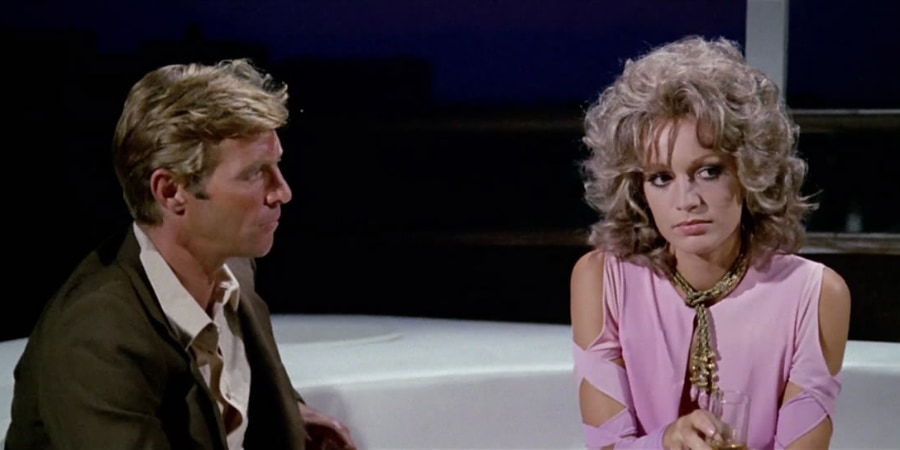
The Cat O’ Nine Tails
Director: Dario Argento
Release year: 1971
A solid Euro-thriller-giallo that lacks the flair of Argento’s debut, but still has enough ingenuity to keep things interesting. A blind ex-journalist overhears a conversation about blackmail outside his apartment. A newspaper reporter investigates a burglary in a nearby laboratory. As people at the lab start to die, the two men join forces to uncover the story, but industrial espionage is a dangerous game and the killer knows who’s on their tail.
Argento knows how to pick faces for his films — James Franciscus as reporter Carlo looks beautiful in every shot, stealing thunder even from the more seasoned Karl Malden as the blind puzzle-loving older man who the young girl in his care calls Cookie. And I love that Argento continued to include idiosyncratic secondary characters, like the burglar who always gets caught.
There’s roving first-person camera work, a handful of clever shots and a decent car chase, but it does feel like a consolidation of Argento’s skills as a director rather than a step up from The Bird with the Crystal Plumage. It’s slow in places, and the ending on the rooftops with the killer’s reveal felt clumsy.
Basing the story in a genetics lab, and making the industrial espionage secret to be about a genetic marker for violence and murder, makes this a distant cousin of David Cronenberg’s more perverse surgical labs across the Atlantic a few years later. In ‘Bird’, the killer has an untreated trauma that causes psychosis; in ‘Cat’, the killer is protecting themselves from their own family’s business. What will be the killer’s motivation in the final part of Argento’s trilogy of animals?

Director: Dario Argento
Release year: 1970
In one interview in Panico (2024), a documentary about Dario Argento’s life in films, Argento describes himself as being of two halves — the contented person at home, and the person who is compelled to investigate the darkness inside himself through filmmaking. When in that mode, he is completely focussed on making real the visions in his mind, and it’s clear from the interviews that, especially in the first half of his career, he had a controlling and cold edge alongside his energy and passion.
This made me want to go back to the beginning, and The Bird with the Crystal Plumage is a fascinating opening salvo. American writer Sam is on holiday in Rome with his girlfriend, Julia, to overcome his writer’s block. He witnesses an attack in an art gallery and gets pulled in to help investigate the case by Inspector Morosini. Other women have been attacked and killed across Rome, and the serial killer threatens Sam to not get involved, but Morosini has Sam’s passport, and Sam believes he’s getting ever closer to the identity of the killer.
Tony Musante, Suzy Kendall and Enrico Salerno make a charismatic trio. Argento makes the camera his plaything, and the cinematic flourishes are due in no small part to the editing by Franco Fraticelli who became a collaborator for the next two decades. The world of the film is vibrant and odd, with threatening pieces of art, colourful Roman characters, and the fetishistic use of gloves, knives and (of course) voyeurism.
It’s not a perfect film. The dialogue can be distractingly banal, especially at the start when the initially poor dubbing makes everything worse, and the pacing is occasionally poor, but the continual visual style, the ingenuity with the hand-held camera, and the series of imaginative set pieces make you forget the bad as soon as the film ends.
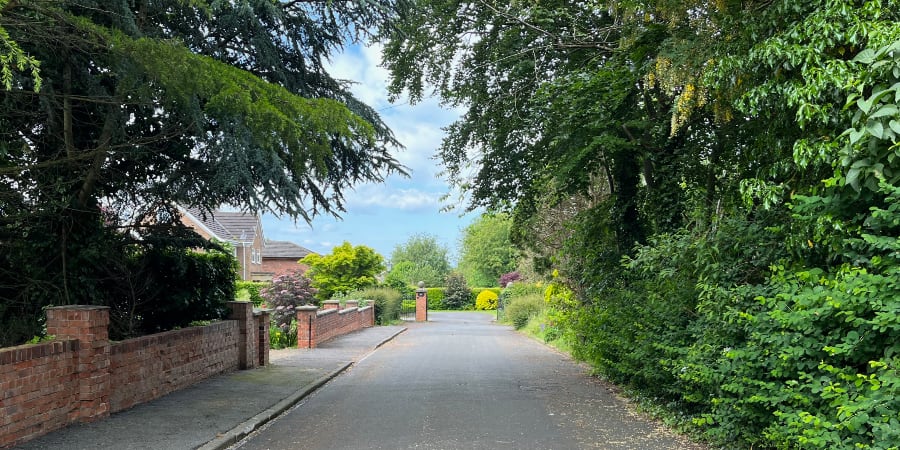
Changing
I’m six months into a new job. My father’s house is for sale. My son is living in Australia. My daughter is gearing up for GCSEs next year. My wife and I are looking at each other and thinking, this is the time we’ve been waiting for, and yet neither of us have clear plans. Her father died at the end of last year. She has a new job. There hasn’t been time to think about the bigger picture.
I’m writing (and reading) fiction again. I might have arthritis in my hips. I’ve set up a YouTube channel and restarted my Patreon account. A friend from university who I haven’t seen in twenty years died. I’ve finally established a meditation habit. The arthritis (if that’s what is is) might mean giving up my ideas of playing tennis again. There are opportunities and restrictions all around. The snowball is rolling and keeps getting bigger and faster. There is a wall ahead, but it’s out of sight, several decades away, or coming into sight this year, I don’t know.
The stakes feel higher. I’m in my fifties. This is natural. (I tell myself this.) People can die young, much younger than I am now, so my anxiety is laced with gratitude. I have a chance to take everything I’ve experienced, all the lessons I’ve learned, away from the pressures of establishing a home, a career, and raising children, to see what’s possible in the time I have left. I might have forty more years. I might have one. I don’t know. None of us knows.

Darling buds
Four days off work! My plan was to not have a plan and trust I would do what I needed to do. It’s day two and I’m excited because things are changing — my glute tendons are healing (YES), my meditation habit has bedded in (now I miss it when I can’t do it), I’ve moved to using a black pen in my notebook for literary notes (to make them easier to find), I bought good pencils to get back into making notes in margins, my exercise clothes are all in one drawer (good morning yoga mat!) — the momentum is unmistakeable.
I’m making changes in my head with these small shifts. I wrote the word ‘studio’ on my white board a week ago, and that’s percolated into this energy I’m feeling which is about being focussed and mindful when doing the things that are important to me. In yoga they talk about bringing it all to the mat, and that’s what I think studio means to me. In writing, it’s the blank page, in cooking it’s a clean and organised kitchen counter. It’s a space and a mindset — a place to learn, study, practice and create. A place where you need to show up.
Patreon is alive again, and I’ve been thinking about what to do for the people on the Weird & Wonderful tier. I went through a period of buying a hardback novel once a month. Something new and hot off the press. The book that broke me was Ben Lerner’s 10:04, which at the time I couldn’t make head nor tail of. That was published in 2015 (didn’t expect that, but I shouldn’t be surprised, wow, nine years ago, fuck). I bought All Fours today, by Miranda July, thinking I would get back into that habit, and I’ll write about what I make of it for Weird & Wonderful members next month. It might become a thing, or it might not. Let’s see!
The WIP is alive too, which is nice, although writing hasn’t magically become easier in (let’s call it what it was) the break. There’s a lot of gunk in the mechanism. (Should that be the post title? Gunk in the mechanism? Um… no? Maybe?)
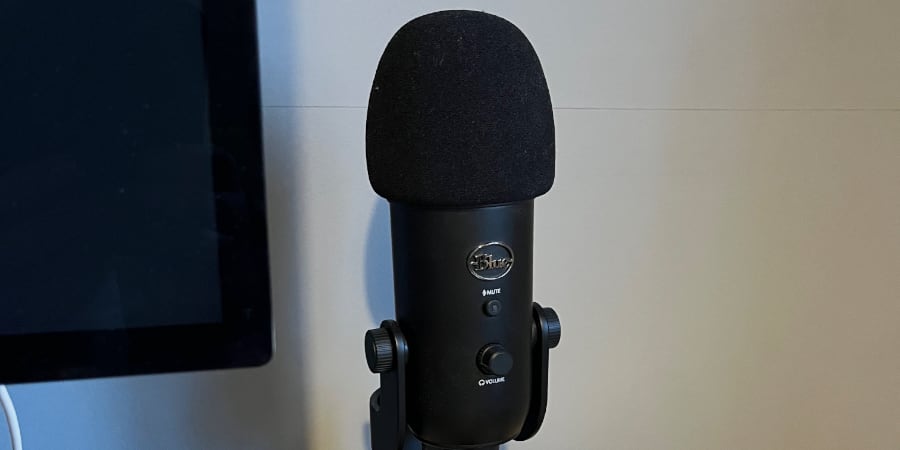
Gathering ideas
The heart of this project is writing new material. I also want a mechanism to let me easily share my work as I go, including selling it (shock horror!), without getting hung up on finding an agent and getting published.
Patreon wants to be the place where you follow artists you like and get posts, photos, podcasts, video, merchandise, the whole shebang, without algorithms. I dig that idea. Social media is still there to be used — to be part of the conversations happening and to direct people there if they want to know more.
I’m going to keep updating my website in parallel with Patreon public posts. I’m not willing to give up on the free web just yet. Offering more to people who pay for the Weird and Wonderful tier seems like an obvious thing to do. I’m going to continue posting my SEEN, READ lists for them, as well as new short fiction and whatever else I can think of.
(I played with a private podcast eighteen months or so ago - those episodes are still available on the paid-for tier. It was cheap and cheerful. I think I could do better now. And I still have the microphone, looking a bit more phallic than I remember, looming over the story dice…)

Cornish horrors
I took my time with Cornish Horrors: Tales from the Land’s End, a collection of short stories I bought in Swansea Waterstones on one of my visits to see my father. The British Library have published lots of themed collections like this. It caught my attention because my work-in-progress is set on a coastal stretch of an imagined part of the UK, and I wanted inspiration from misty Cornish coves, haunted beaches, old houses and folklore. We also haven’t been on holiday to Cornwall for a few years, so I think I was missing it.
Sadly, many of these stories were a slog. None of them were scary or even particularly unsettling. They were written by wealthy Victorians based in London who had recently visited Cornwall on the newly opened railways. The repeating themes of people seeking marriage, villagers mistrustful of outsiders, and men returning from foreign wars grates after a while. There were some good stories, of course, but in this instance I learned more from the bad.
Because I tend to imagine there’s a world of literature out there I know nothing about, and that if I read as much of it as I can, I will glean the knowledge and skills I need to feel worthy of calling myself a writer. It’s a sickness. Collections like this are a reminder that much of literature was written quickly, for money, to meet the market demands of the day. Most stories that are published serve their purpose in the cultural moment and disappear.
This collection is an attempt to capture something sociological, not literary. I don’t need to do research like this — looking back is useful if done in healthy balance with pushing forward. Research can easily turn into procrastination.
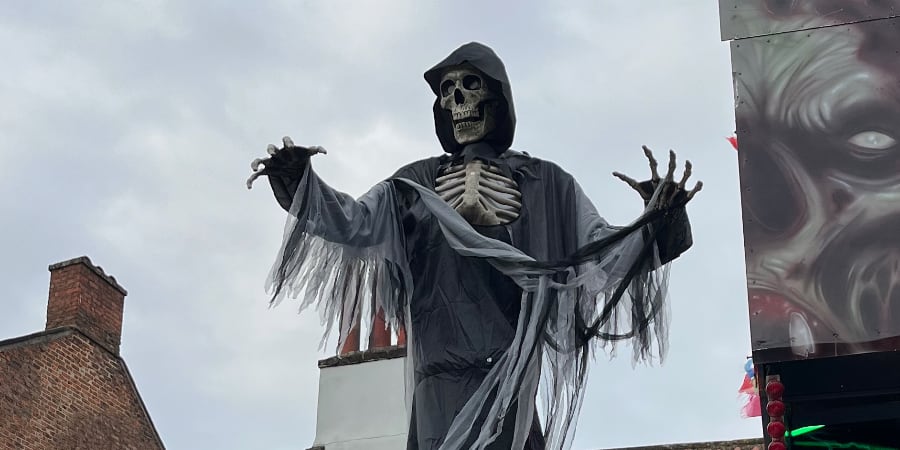
Impatience
Making art means making a mess. It means tidying up, organising, and discovering something in doing it. There are unexpected emotions. There are doubts and dead ends. There are technical problems. Many books are written about how people make art (or do anything creatively). Keeping moving, paying attention to what’s happening, making decisions, navigating squalls and storms, staying afloat — these are all part of it.
And it’s a lonely business if you’re not in a collective or a group. It’s lonely if you’re in one. You need to be able to handle ambiguity, incompleteness, uncertainty and abstractions. What’s inside wants to come out. Nature contains chaos. Mess can feel unsettling.
In writing software, developers prize efficiency, clarity and elegance, but people are organic — messy. Software programs talk to each other online twenty-four hours a day, all built by people, and at sufficient complexity software begins to look like an organism. This is part of the idea of artificial intelligence we hold in culture. At what point does the software we’ve written begin to act like the ghosts we’ve programmed into it?
Writing software is addictive. The problem-solving is addictive, user interfaces are addictive, the feedback loop of trying something, seeing it fail, trying something else, seeing it succeed, is addictive. If you want to lose eight hours in a flow state, programming is a great way to do it. It’s like an endless crossword or sudoku.
Many programmers like it that way and they’re not interested in the benefits (or negative effects) of the code they’re writing. They want it to be elegant, efficient, bug-free and done (and on to the next problem). As I get older, I’m finding that harder to tolerate in the people around me.
Part of me wants to make art and part of me wants to write software.
Editing prose engages the same part of my brain that fixes bugs in software. If I have an eight thousand word story, I can quickly make that a tight, elegant, efficient, bug-free, four thousand word story.
But, ironically given all the psychoanalytic psychotherapy I had, I find writing that eight thousand word story incredibly hard. Many people are the other way around, which makes me wonder what I’m doing wrong. I understand the value of my stream of consciousness thoughts, my dreams, and how my intuition can make connections. I know this. I should be programmed (!) for making things up by now without all this internal drama.
I’m impatient. It’s a deep-seated trait. It’s always in the background. I’ve been meditating every morning for six weeks now. Ten minutes with the teachers on Apple Fitness+. I wonder if that is why I’m starting to notice how impatient I feel. I’ve written many (many) times about slowing down.
Sometimes I think it’s because I’m getting older, but I was as impatient in my twenties. There’s always been this feeling that I’m going to miss out if I don’t move quickly. The gift is fleeting and then it’s gone.
That’s life. And that’s what it was like in my family growing up.
(Ah, we’re here again. Must it always be about my mother?)
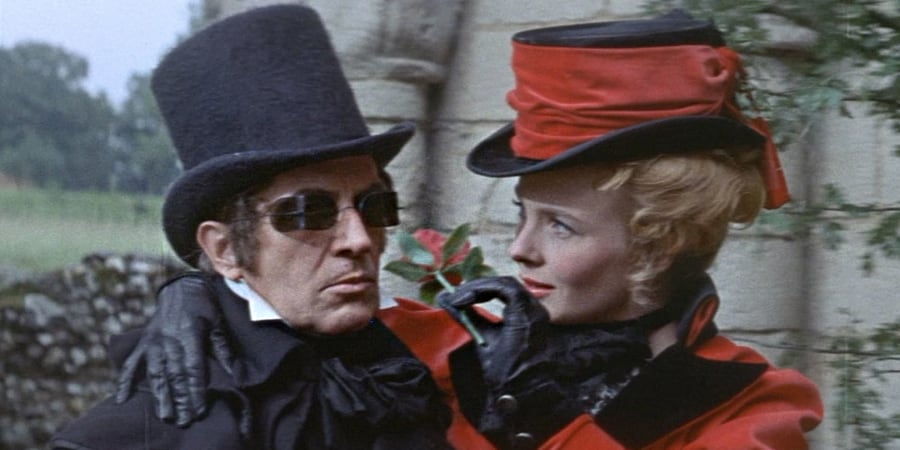
Ligeia
Ligeia, by Edgar Allan Poe, is a six-thousand-word hallucinatory tale about an intense marriage that survives beyond death. The narrator is looking back, remembering his wife, Ligeia, who he idolised. When she dies unexpectedly, he moves to an abbey in Cornwall, decorates it opulently with Egyptian artifacts, and marries again, this time to the ‘fair-haired and blue-eyed Lady Rowena Trevanion, of Tremaine’.
Still obsessed with the black-haired, dead Ligeia, who he describes in tortuous detail, he takes opium to numb his grief, and treats Rowena terribly. After a month of marriage, Rowena falls suddenly ill, recovers, but falls ill again, and in opium-infused memories he sees a ghostly form put poison in her drink. Ligeia was sure that she could avoid death through the force of her own will, and the narrator believes her ghost comes back in Rowena’s body.
Ligeia was first published in 1838, in American Museum magazine, but was revised extensively in future publications. Critics liked it, George Bernard Shaw loved it, and some thought it to be a satire of the gothic fiction of its day. It’s written in an intense, overwrought style, common at the time, and it may well have been deliberately so to make fun of it even in 1838. As the first Poe story I’ve read, it’s hard for me to judge, and it makes me wonder what the others are like.
The narrator’s love for Ligeia is like a son with his mother. It’s unnaturally intense in adulthood, and in the story’s language there are hints of foul play in her death. He paints her as an academic enchantress, which must have been as terrifying as it was seemingly satisfying. It makes me wonder if the narrator killed Ligeia — and then killed his second wife too.
In Archetypal Projection in “Ligeia”: A Post-Jungian Reading, Joseph Andriano sees the narrator as charmed by an anima daemon, a shadow feminine character, who stays alive in him and comes back through his wife-imposter. He ‘kills his mother’, only to find her again in the next woman he marries. Another analysis of Ligeia observes the sex hidden beneath the Victorian veil, and suggest Poe is a ‘genteel pornographer’.
After buying the Blu-ray player (!), I watched Roger Corman’s The Tomb of Ligeia (1964), which looked beautiful. Vincent Price acts his socks off as Verden Fell, the name given to the narrator by screenwriter Robert Towne. Fell buries his wife, Ligeia, in the graveyard at his abbey, but his grief is interrupted by Elizabeth Shepherd as a persistent, dynamic Lady Rowena, attracted to the abrasive, unpleasant Fell. The story doesn’t have much overlap with Poe’s original, focussing on mesmerism rather than opium or witchcraft, and it ends with the standard sixties gothic trope of an old building burning down, but it’s charming, with excellent dialogue, and pleasingly committed performances for a tightly-budgeted (aka cheap) Corman film. Lots of cats are thrown around. Shepherd has a dual role, which reminds me of Barbara Steele in Black Sunday (1963). I wonder if Corman was influenced by Mario Bava.
I could go in several directions from here — more Poe short stories, more Poe adaptations by Corman (he made eight between 1960—64, his ‘Poe cycle’), more Cornish horror shorts, or coastal horror stories in general… having a small project this week worked well.

Physical media
Continuing my interest in how fiction and films work together, I picked up Cornish Horrors: Tales from the Land’s End, part of the British Library’s Tales of the Weird series, a collection I’ve owned for a few years and never read, and when the intro to the first story, Ligeia, by Edgar Allan Poe, mentioned there was a 1964 film with Vincent Price, I saw a project in the making.
Corman’s version, The Tomb of Ligeia, was written by Robert Towne and Paul Mayersberg. It has an Arrow Blu-ray with lots of extras for the curious, but it’s not available on the Arrow Video streaming service, and it’s not online anywhere else either. Amazon helpfully pointed out a well-reviewed six-disc collection of Corman/Poe films, all starring Vincent Price, and all films that I didn’t know, for £30.
Now, over the years I’ve built an extensive collection of digital films, but when I was keen to watch something specific and it wasn’t available online, I bought discs instead. This was when I had an old PS3, which died died about five years ago. I’ve been meaning to get a replacement player for a while, but I go in circles over the point of buying physical media. Underneath my TV I have a DVD of Heart of Midnight (with a young Jennifer Jason Leigh), and Blu-rays of Eraserhead and Daughters of Darkness. None of these are available online.
I committed. I bought a 4K Blu-ray player — a Panasonic DP-UB450EB, not a PS5, as tempting as that was. I don’t want to play video games, and the disc player is pretty basic compared to the standalone machines. I don’t want to become a physical media obsessive (take note, uc); I do want to watch the more obscure films I’m curious about.
It all arrives tomorrow. I’m going to read the short story this afternoon (I haven’t even read the story, and I’ve bought a Blu-ray player!), then watch the film this week and see what shakes out. I’m thinking about gothic stories on coastlines for my work-in-progress. That’s where all this started.
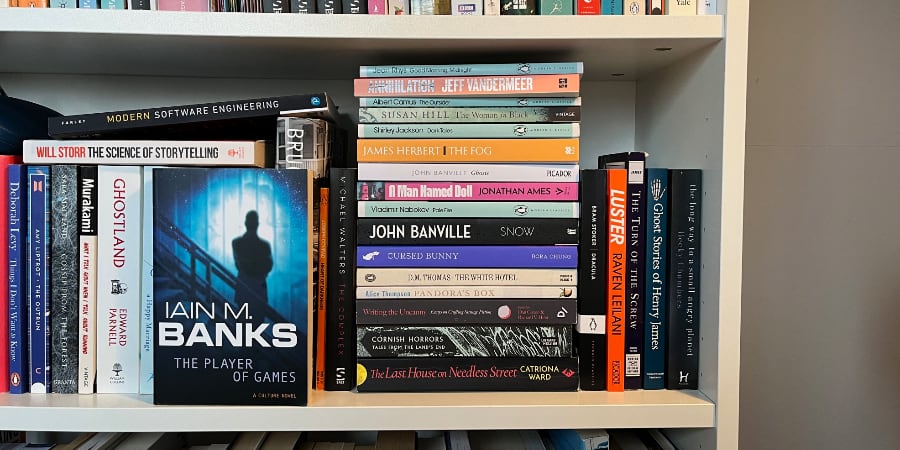
Evening classes
I’ve created a reading list my gut tells me is related to my work-in-progress. I went around the house scanning shelves and pulling out the books that tugged at my attention. One of them was The Complex, which surprised me, but perhaps I need to remind myself of the level I’ve reached before I try to aim higher. It’s all orientation of sorts.
The ideas around the work-in-progress have tremendous energy even after a long break, which is both exciting and a relief. Nobody else has written it. I’m not surprised, but that’s the fear, right?
Sometimes I write summaries of my notebook entries to remember what I wanted at the time and to appreciate progress in spite of life’s curveballs. This weekend I’m trying to understand how five years have passed since I finished The Complex and I haven’t written another novel. I know I write about this all the time, but it’s important to me I try to put a line under it.
I don’t see how I could have written anything last year. Before that it was lockdowns, fear of Covid, fear of Trump, Brexit, but being honest with myself, as much as anything, it was the dispelling of my illusions about the publishing industry and not believing enough in myself.
Finishing a novel and getting published is the first move in a bigger game. If that novel doesn’t catch people’s attention then you have to write another, but it’s tough to find motivation when you have no agent, no contract, no deadlines, no community, no external structures, and you know the odds of you having much cultural impact or getting any financial reward are close to zero.
There are people with incredible levels of belief in their own talent and the quality of their work. They might even self-publish, whether to prove a point or try to make more money. I suspect many writers who don’t break through stop after a while and do something more rewarding. Others enjoy the practice of writing enough that they keep going even knowing only a few friends will read what they’ve written.
Creative writing is an art, a craft, with all the pleasures available that people get from pottery or painting. My mother loved going across the road to the community college one evening a week, and over the years learned sign language, glass engraving, embroidery and calligraphy. I’ve done that in the past with Italian, counselling skills and, yes, creative writing. One of my neighbours makes wooden love spoons. My father-in-law made garden furniture.
There are pleasures in making independent of external measures of success. (Crazy, right?) They are the most important part of the experience. That’s the energy I’ve started cultivating.